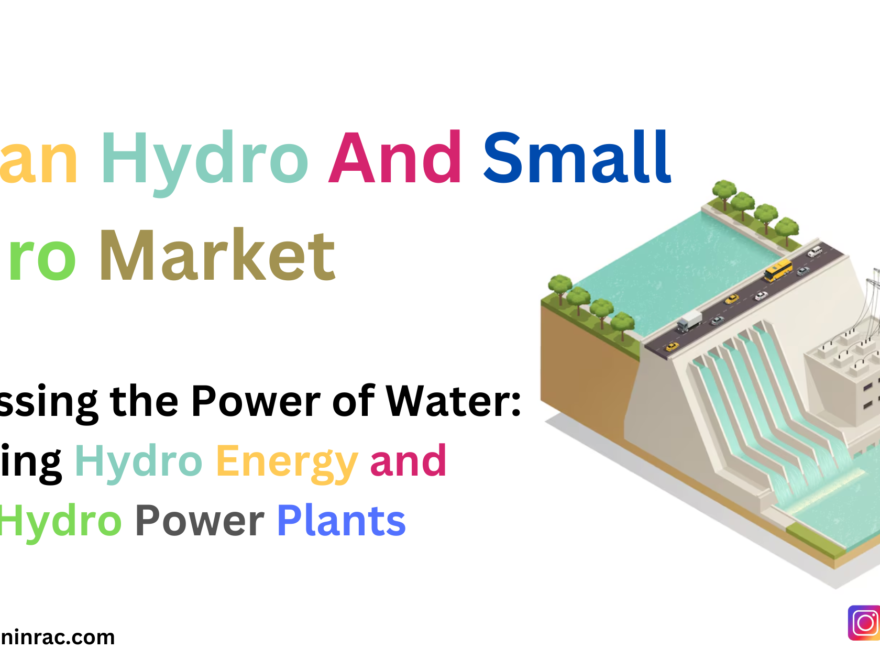Understanding Hydro Energy
Hydro energy, also known as hydroelectric power, is generated by harnessing the energy of flowing water. This renewable energy source has been utilized for centuries, with ancient civilizations using water wheels to grind grain and perform other tasks. Today, hydroelectric power plants use turbines to convert the kinetic energy of moving water into electricity.
The Basics of Hydro Power
Hydro power plants rely on the gravitational force of water to generate electricity. These plants are typically built near rivers, streams, or other bodies of water with a significant elevation drop. When water is released from a reservoir or dam, it flows through turbines, causing them to spin. The spinning turbines are connected to generators, which produce electricity.
Advantages of Hydro Power
One of the key advantages of hydro power is its reliability. Unlike solar or wind energy, which depend on weather conditions, hydro power can be generated consistently, making it a reliable source of electricity. Additionally, hydroelectric power plants produce minimal greenhouse gas emissions, making them environmentally friendly compared to fossil fuels.
Small Hydro Power Plants
Small hydro power plants, also known as micro-hydro or mini-hydro plants, generate electricity on a smaller scale compared to traditional hydroelectric dams. These plants typically have a capacity of less than 10 megawatts and can be built in a variety of settings, including rivers, canals, and irrigation channels.
Benefits of Small Hydro Power Plants
Small hydro power plants offer several advantages over larger hydroelectric dams. Since they require less infrastructure and land, they have lower environmental and social impacts. Additionally, small hydro plants can be built in remote areas, providing electricity to communities that are off the grid. Furthermore, small hydro projects often have shorter construction times and lower upfront costs compared to larger hydroelectric projects.
The Indian Hydro and Small Hydro Market
India is home to a rapidly growing hydro and small hydro market. With its vast network of rivers and streams, the country has significant untapped hydroelectric potential. In recent years, the Indian government has made efforts to promote hydroelectric development as part of its renewable energy strategy.
Opportunities in the Indian Hydro Market
The Indian hydro market presents numerous opportunities for investors and developers. With increasing demand for electricity and growing concerns about climate change, there is a strong incentive to invest in clean energy sources like hydroelectric power. Additionally, the Indian government offers various incentives and subsidies to promote hydroelectric development, further enhancing the attractiveness of the market.
Challenges Facing the Indian Hydro Market
Despite its potential, the Indian hydro market also faces several challenges. One major obstacle is the complex regulatory environment, which can hinder the development of hydroelectric projects. Additionally, concerns about environmental impact and displacement of local communities have led to opposition to some hydro projects. However, with careful planning and sustainable practices, these challenges can be overcome.
Conclusion
Hydro energy and small hydro power plants play a crucial role in India’s transition to a sustainable energy future. By harnessing the power of water, these renewable energy sources can help meet the country’s growing electricity needs while reducing greenhouse gas emissions. With the right investments and policies in place, the Indian hydro market has the potential to thrive, providing clean and reliable energy for generations to come.

